Mounting your weather station can be a challenge. Where do you put it? How high off the ground should it be? What kind of mount should you use? In this article, we will answer all of these questions and more. We will provide tips on where to place your weather station, how high off the ground to mount it, and what type of mount to use. We will also provide a few examples of the best locations for your weather station. By the end of this article, you will know exactly how to mount your weather station!
Table of Contents
What to Consider Before Mounting Your Weather Station
First off, let’s answer the question: what is a weather station?
There are many different types of weather stations on the market today. Some are very basic with just a few sensors while others have dozens of different functions. The most important thing to look for when choosing a weather station is accuracy.
Weather stations can be used for a variety of purposes such as monitoring the weather conditions in your backyard or tracking severe weather conditions in your area. They can also be used to monitor the climate in other parts of the world.
Most home weather stations come with a display unit that shows the current conditions as well as recent trends. Some weather stations also include a radio so that you can receive weather reports from your local National Weather Service office.
While most weather stations are pretty easy to operate, mounting your weather station can be a bit more challenging. After all, the placement of your station can have a big impact on the accuracy of your readings.
There are a few things you should take into consideration before mounting your weather station. Let’s discuss them in detail.
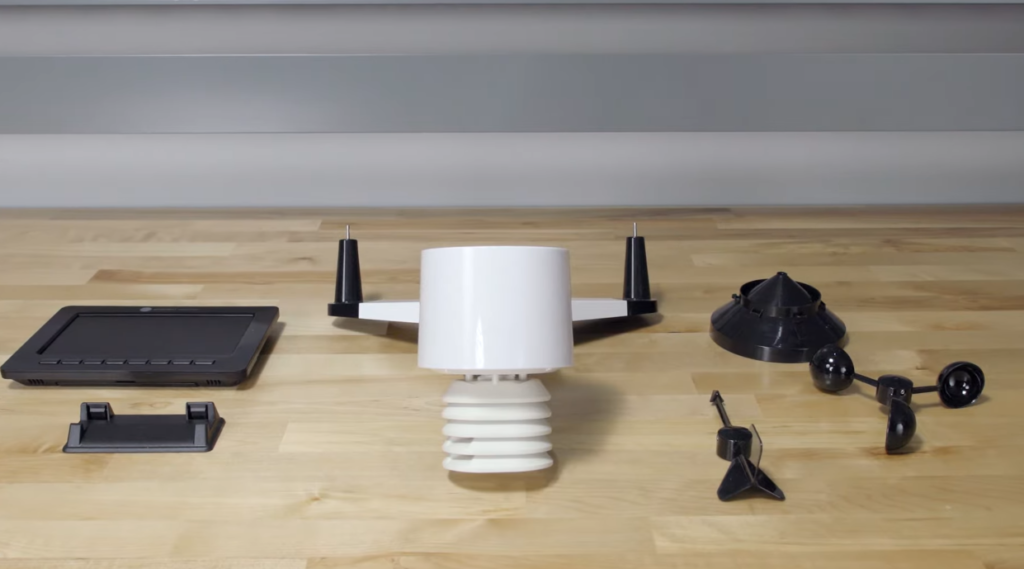
Observe your location
The first thing you should do is take a look around your location. Where is the sunniest spot? What direction does the wind typically blow from? These are important factors to consider when choosing the placement of your weather station.
You’ll want to place your weather station in an area that is free from trees, buildings, or other obstacles that could block the sun or wind.
Finally, you’ll want to make sure that your station is level. This will help ensure accurate readings for wind speed and direction, rainfall, and atmospheric pressure. [1], [2], [3]
Consider other electronics nearby
Your weather station will need to be close enough to an outlet to power it. It should also be placed away from any other electronic devices that could interfere with its readings. This includes things like your television, microwave, and even your wireless router. The closer your weather station is to these devices, the greater the chance of interference.
If you’re not sure where the best place to put your weather station is, try a few different locations and see how it affects the accuracy of your readings. [1], [2], [3]
Keep your station away from direct sunlight and moisture
You’ll want to keep your weather station out of direct sunlight and away from any sources of moisture. This will help ensure that your readings are accurate. If you’re mounting your station on the outside of your home, make sure it’s in a protected area such as under an eave or overhang.
You’ll also want to avoid placing your weather station near sources of heat or cold. This includes things like vents, fireplaces, and air conditioners. These can all skew the temperature readings on your weather station. [1], [2], [3]
Consider the elevation
The elevation of your weather station can also affect its readings. The higher the elevation, the more accurate your readings will be. If you live in an area with a lot of hills or mountains, you’ll want to take this into consideration when choosing the placement of your station.
Finally, if you live in an area with a lot of trees or other obstacles, you’ll want to place your weather station high enough so that it’s not obstructed by them. [1], [2], [3]
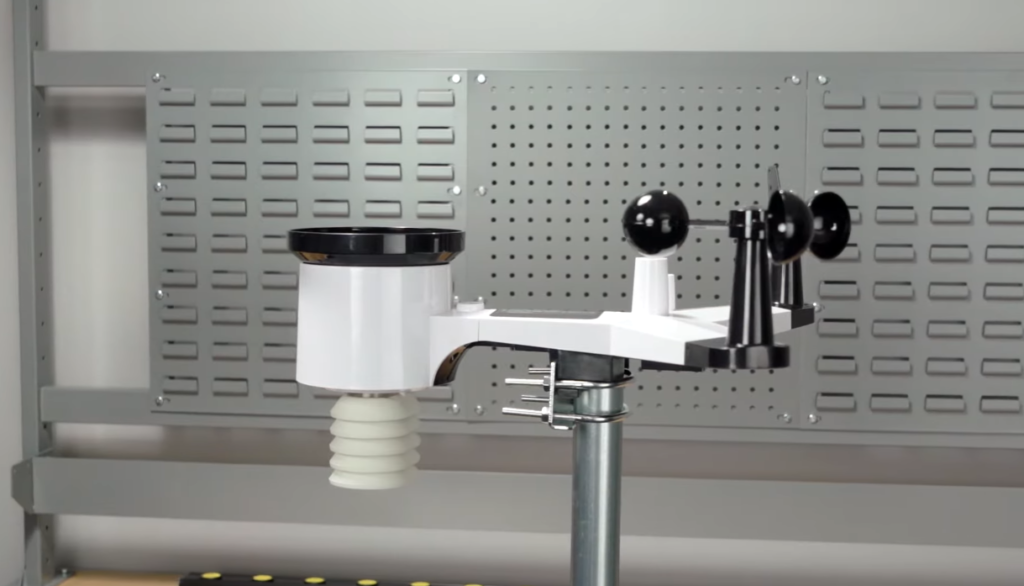
Types of Weather Station Mounting Poles
Now that we’ve discussed some of the factors you should consider before mounting your weather station, let’s talk about the different types of poles you can use.
Fixed pole
A fixed pole is exactly what it sounds like – a pole that’s permanently affixed to the ground or another structure. This is the most common type of weather station mounting pole, and it’s great for many applications. However, if you live in an area with high winds, you’ll want to make sure your fixed pole is securely anchored.
Another thing to consider with a fixed pole is height. You’ll want to make sure your sensors are high enough off the ground to avoid any potential obstructions, but not so high that they’re difficult to access. A good rule of thumb is to mount your weather station about 30 feet off the ground and 10 feet away from other structures. [1]
Portable pole
Fixed poles are usually the way to go if you’re mounting your weather station in your backyard. But what if you want to take your weather station on the road?
In that case, you’ll need a… portable pole.
This type of pole is perfect for those who want to be able to move their weather station around easily. Portable poles are also great if you live in an area where the weather can change quickly, like near the ocean.
Portable poles are typically made of aluminum or another lightweight metal. They usually have a pointed end so that they can be staked into the ground easily. Some portable poles even come with a carrying case so that you can take them with you when you travel.
One thing to keep in mind with portable poles is that they may not be as stable as other options. If you live in an area with high winds, you may want to consider a different type of pole.
Another thing to consider is that portable poles may not be tall enough for some weather stations. If you have a large weather station, you may need to get a taller pole. [1]
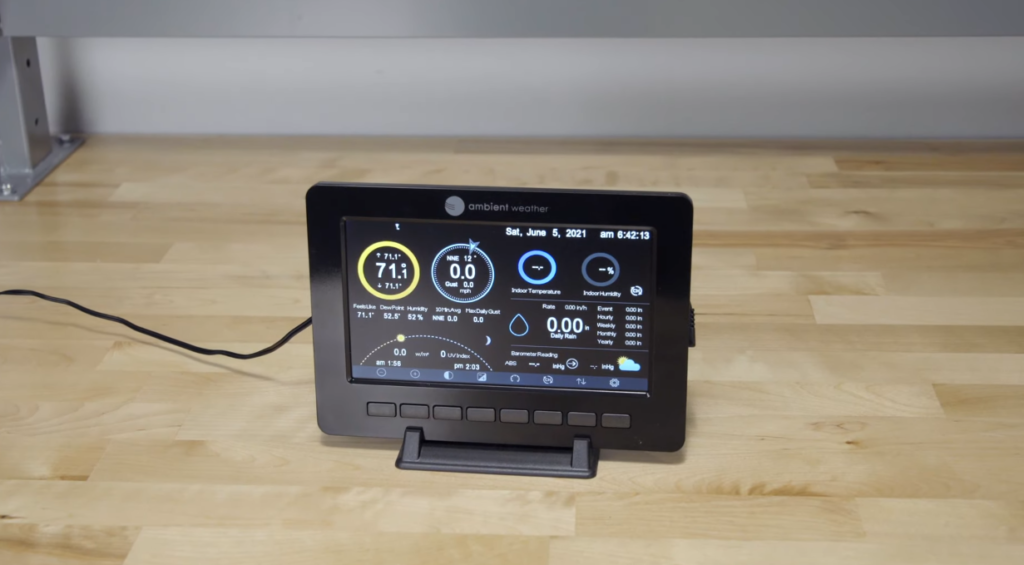
Telescoping pole
A telescoping pole is similar to a fixed-length pole, but with the added benefit of being adjustable. This means you can set the height of the pole to whatever you need, making it a versatile option for weather station mounting.
This type of pole can be adjusted from anywhere between six and sixteen feet, making it perfect for both home and commercial use.
Another thing to consider is that a telescoping pole will need to be anchored into the ground. This means that you’ll need to dig a hole and pour concrete around the base of the pole. [1]
Wall mount
A wall mount is exactly what it sounds like – mounting your weather station to a wall. This is probably one of the most common types of mount, as it’s simple and doesn’t require any special tools or materials.
To do this, you’ll need to find a location on an exterior wall that gets good sky exposure and isn’t too close to trees or other objects that could block the wind sensor. Once you’ve found the perfect spot, use screws or nails to secure the base of the pole to the wall.
Make sure that the screws or nails are driven into a stud in the wall for extra stability. If you’re not sure where the studs are, you can use a stud finder tool to locate them. Once the base is secure, you can then attach the rest of the weather station components to the pole.
If you live in an area with severe weather conditions, it’s important to make sure that your wall mount is properly secured. This means using screws or nails that are long enough to go through the siding and into the studs of your house. It’s also a good idea to use hurricane straps or similar products to help keep your weather station in place during high winds.
Another thing to keep in mind with wall mounts is that if your weather station is powered by batteries, you’ll need to have easy access to the battery compartment in order to change the batteries when needed. [1]
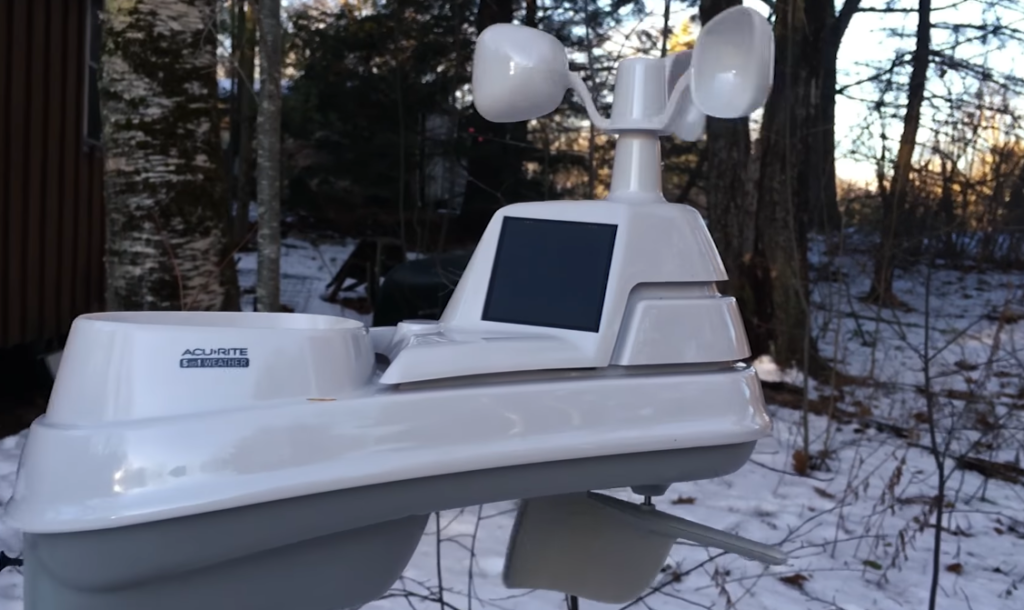
Where Can You Mount Your Weather Station
Now that you know the different types of weather station mounts, it’s time to decide where you’re going to put yours. There are several workable options, depending on your needs.
On ground
One of the most popular places to put weather stations is on the ground. This is especially common if you have a large backyard or piece of land.
Another advantage of this location is that it’s easy to access for maintenance and repairs.
However, there is a disadvantage. The biggest one is that your weather station could be subject to stronger winds since the pole will be standing out in the open.
On the roof
By far, the most popular place to mount weather stations is on the roof. Roof mounts are great because they’re not as space demanding as ground mounts, and they’re high enough off the ground to avoid obstacles.
The main downside of roof mounts is that they can be more difficult to access and maintain. If you live in an area with a lot of snow, you’ll also need to be extra careful about choosing a roof mount that can handle the weight of the snow.
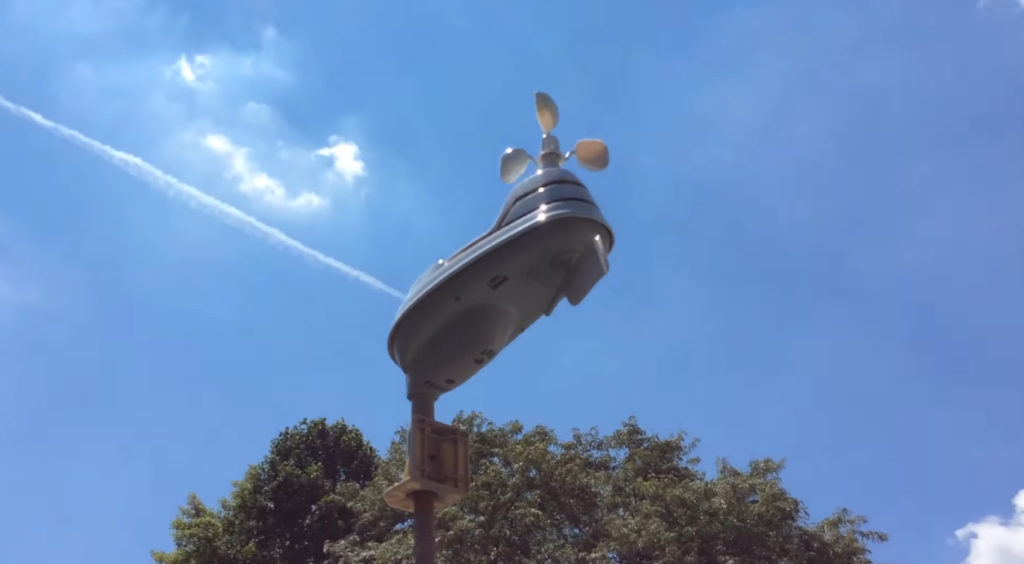
Another thing to keep in mind with roof mounts is that you will need a special mounting kit that is designed for roof mounting. These kits usually include brackets and straps that help to secure the weather station to the roof.
On your chimney
Similarly to the roof, your chimney is an excellent place to mount a weather station. It’s tall, so you won’t have any obstacles in the way of the sensors, and it’s likely already pre-wired for power, making installation a breeze.
One thing to keep in mind with this option is that your chimney may not be perfectly level, which can affect the accuracy of your readings. If you’re concerned about this, you can always use a spirit level to check before you install anything.
Another potential issue is that if you live in an area with high winds, your weather station could be at risk of being blown off the chimney. In this case, it’s best to use a sturdier mount.
And obviously, you can’t mount a weather station on a chimney if you plan on heating your home with a wood-burning stove. The heat and smoke would damage the sensors beyond repair.
On the wall
Another popular place to mount weather stations is on an exterior wall. This gives you three main benefits:
- Easy access to the sensor array for maintenance
- Aesthetics – having your weather station on display can be a conversation starter, and many people find them interesting to look at.
- Space economy – since the weather station will be mounted on the wall, it won’t take up valuable land space.
Of course, there are a few disadvantages to mounting your weather station on the wall as well:
You’ll need to make sure that the wall is strong enough to support the weight of the weather station.
Your sensor array will be more exposed to the elements, which could potentially affect its accuracy.
It can be difficult to find a place on the wall where all of the sensors will have an unobstructed view of their respective targets.
You also should keep in mind the amount of wiring and electrical appliances that might interfere with your sensor array if you choose to mount it on an exterior wall. [1], [2], [3]
Mounting Ideas for Weather Station
Finally, we come to the most popular question: where should I mount my weather station? We have gathered some ideas from our own experience as well as from the experiences of others in the weather station community.
Mounting on chain link fence
One popular option for mounting weather stations is on a chain link fence. This has the advantage of giving you a lot of flexibility in terms of height and position. You can also use zip ties or other similar fasteners to secure the weather station to the fence, which makes installation and removal quick and easy.
There are a few disadvantages to this method, however. One is that your weather station will be more exposed to the elements since it won’t be sheltered by anything. Another is that your weather station can be blown away or damaged by strong winds, since the chain link fence isn’t stable enough.
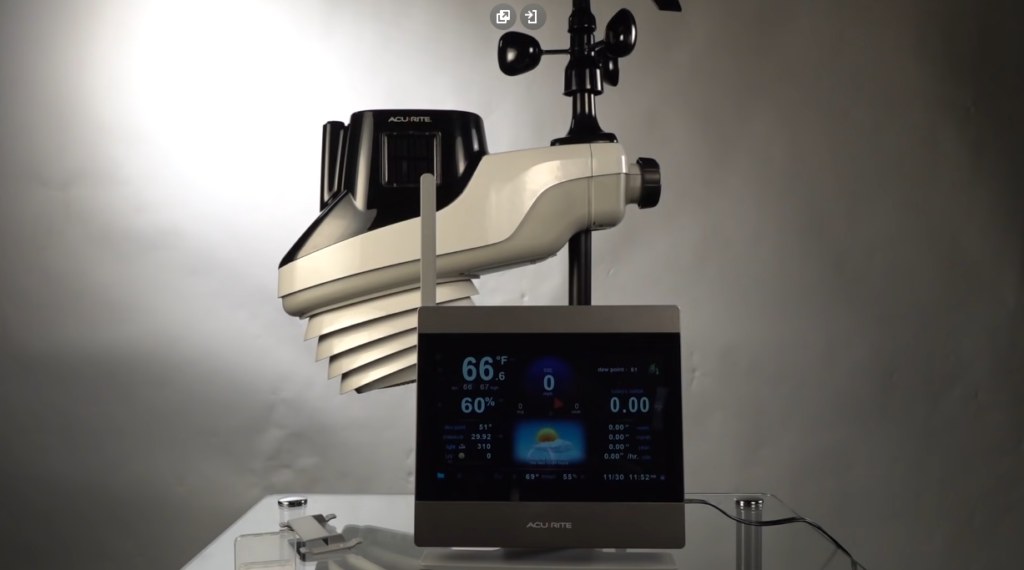
Mounting on the eave of your house
Another popular option is to mount your weather station on the eave of your house. This has a few advantages:
- It’s out of the way, so you won’t have to worry about it taking up valuable space.
- It’s easy to access for maintenance and repairs.
- Your sensor array will have an unobstructed view of its respective targets.
To mount your station on the eave, you will need to purchase brackets that are specifically designed for this purpose. You can find these at most hardware stores.
Once you have your brackets, simply attach them to the eave and then secure your weather station to the brackets. It’s that easy!
Making a mount out of cinder blocks
If you want to add some style and character to your weather station, then consider making a mount out of cinder blocks. This is a great way to add height to your weather station without spending a lot of money.
You can use cinder blocks to make all sorts of different shapes and sizes, so be creative! Just make sure that the surface is level, so your sensor array doesn’t get skewed readings.
One thing to keep in mind with this option is that cinder blocks are not as sturdy as concrete, so if you live in an area with high winds, you’ll need to be extra careful.
Another potential issue is that cinder blocks are not waterproof, so if you get a lot of rain or snow, your weather station could be at risk of getting damaged. [1], [3]
FAQ
What is the best way to mount a weather station?
It is important to choose a location for the weather station that is level and free from obstructions. The sensor array should be placed in an open area where it will not be obstructed by trees, buildings, or other objects. It is also important to make sure that the sensor array is not placed too close to any potential sources of interference, such as power lines or radio towers.
Once a suitable location has been chosen, the next step is to determine the best way to secure the weather station in place. One option is to use guy wires to anchor the station to a nearby structure or post. Another option is to use mounting brackets that are designed specifically for weather stations. These brackets can be attached to a wall, fence, or other solid surface.
Whatever method you choose to mount your weather station, it is important to make sure that it is securely in place and will not be easily blown over by strong winds.
How do you mount an outdoor weather station?
The most important factor to consider when mounting an outdoor weather station is exposure. You want to make sure that your sensor is not exposed to direct sunlight, which can cause overheating and damage. It’s also important to choose a location that is away from any sources of heat, such as air conditioners or vents.
Another important consideration is the potential obstacles in the path of the sensor. You want to make sure that there are no trees, buildings, or other objects that could block the sensor’s view of the sky.
Where should I mount my ambient weather station?
The best place to mount your weather station is high up on a mast, in an open area away from buildings, trees, and other obstacles. If you have the budget for it, you can purchase a professional-grade mast or tower. Otherwise, any tall structure will do – even a flagpole or clothesline pole.
Another option is to mount your weather station on your roof. This has the advantage of keeping your equipment closer to eye level, making it easier to check and maintain. However, it’s important to make sure that your roof is sturdy enough to support the weight of your weather station, and that there are no obstacles (such as trees or power lines) that could interfere with its readings.
Where do you mount the AcuRite weather station?
The most popular spot to mount an AcuRite weather station is on a tripod in the yard. This gives you the ability to adjust the height and angle of the sensor array for optimum performance. You can also use a wall-mount bracket or post-mount to place your station at eye level for easy viewing. If you live in an area with extreme temperatures, consider placing your station in a sheltered location out of direct sunlight or wind.
It is generally recommended to mount your station 33 feet (ten meters) or higher above ground level for the most accurate readings. If you are mounting on a tripod, make sure it is placed on firm, level ground.
Useful Video: Ambient Weather | How and Where to Mount Your Weather Station
Conclusion
As you can see, there are a lot of factors to consider when it comes to mounting your weather station. In this article we have covered the most popular types of weather station mounts and provided you with some useful tips.
Most of the time, people choose to mount their weather stations on rooftops. Rooftop mounts are a great option because they offer a clear view of the sky, which is necessary for accurate readings. You can also install a mounting pole on the ground if you have a plentiful supply of space.
By following the tips in this guide, you should be able to find the perfect location for your weather station that will provide accurate readings for years to come. Thanks for reading!
References
- https://www.theraingauge.com/weather-station-mounting-pole/
- https://theweatherstationexperts.com/weather-station-mounting-pole-ideas/
- https://www.weatherstationdepot.com/weather-station-mounting-ideas/

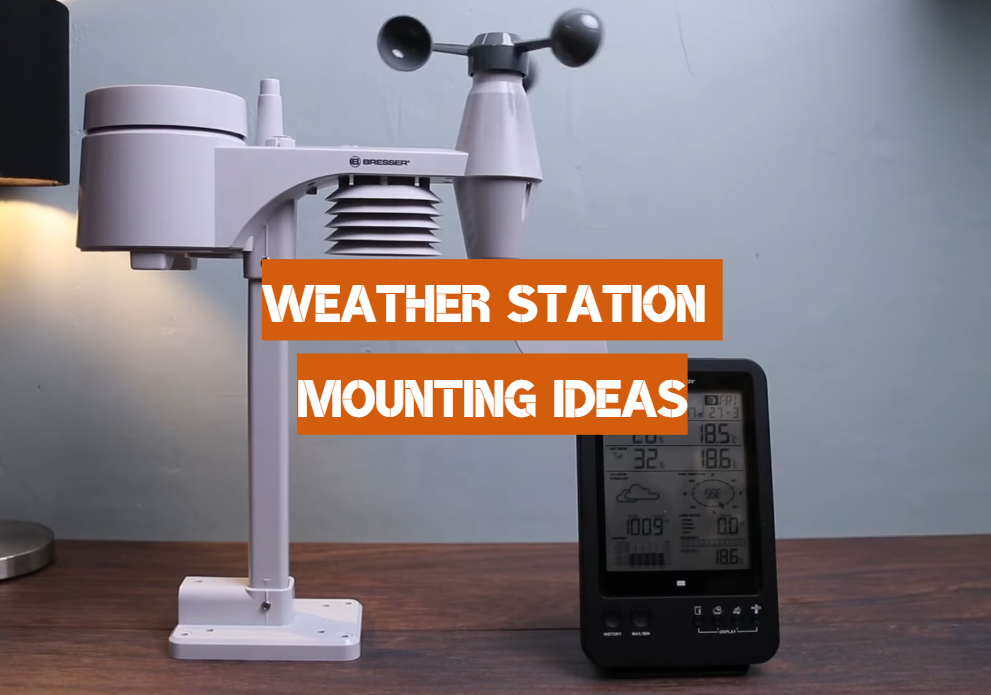
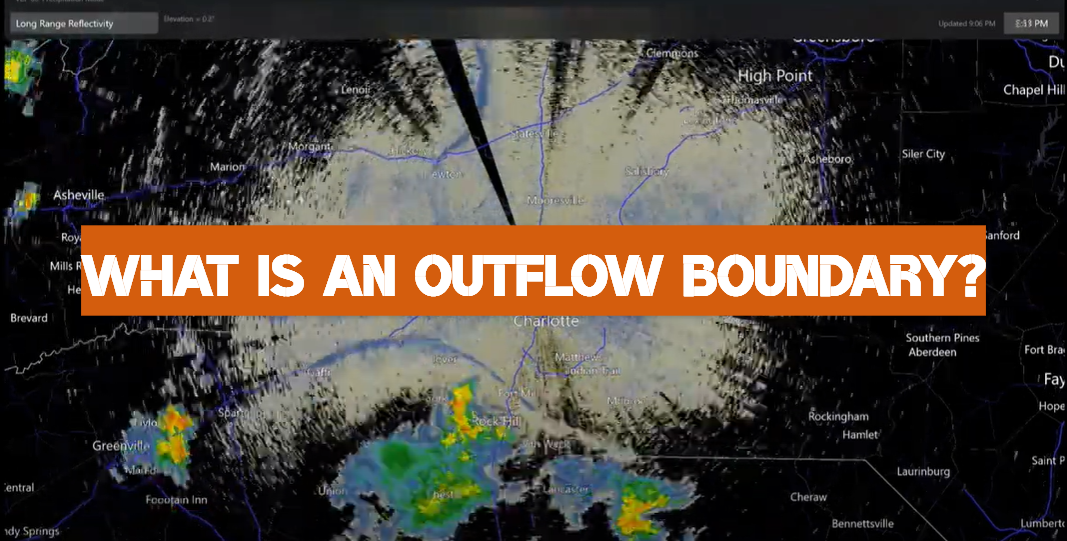

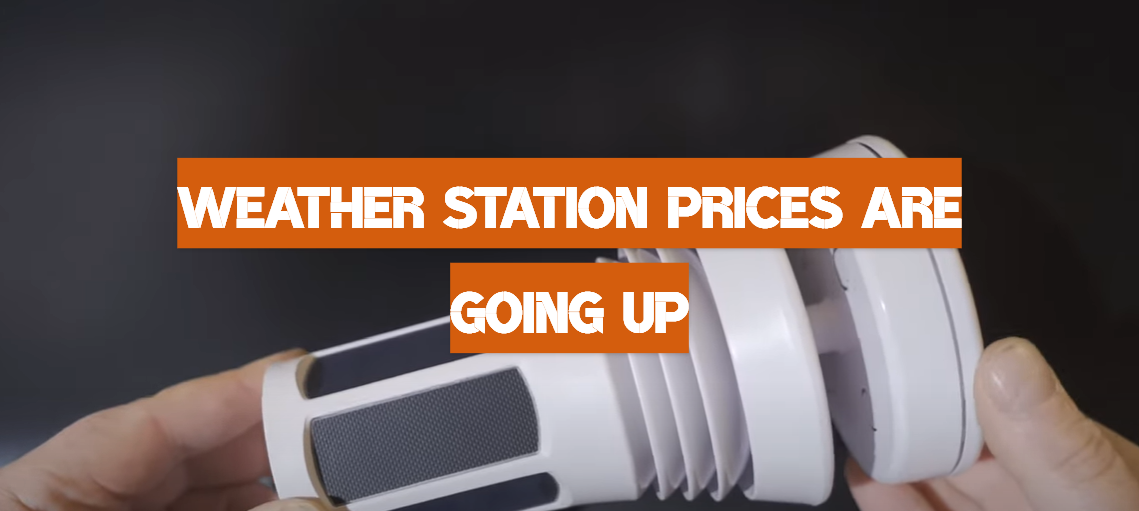
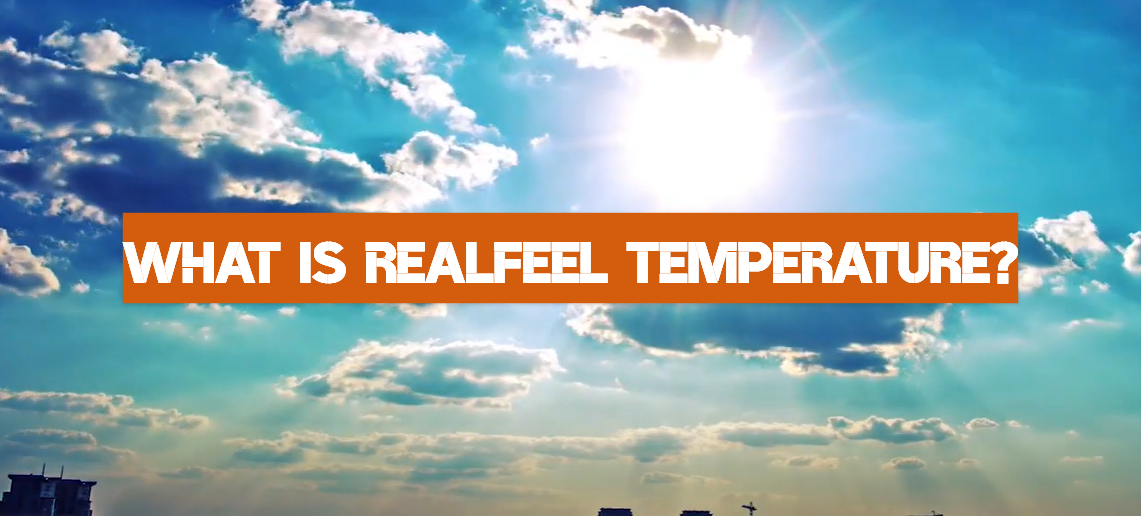
Leave a Reply